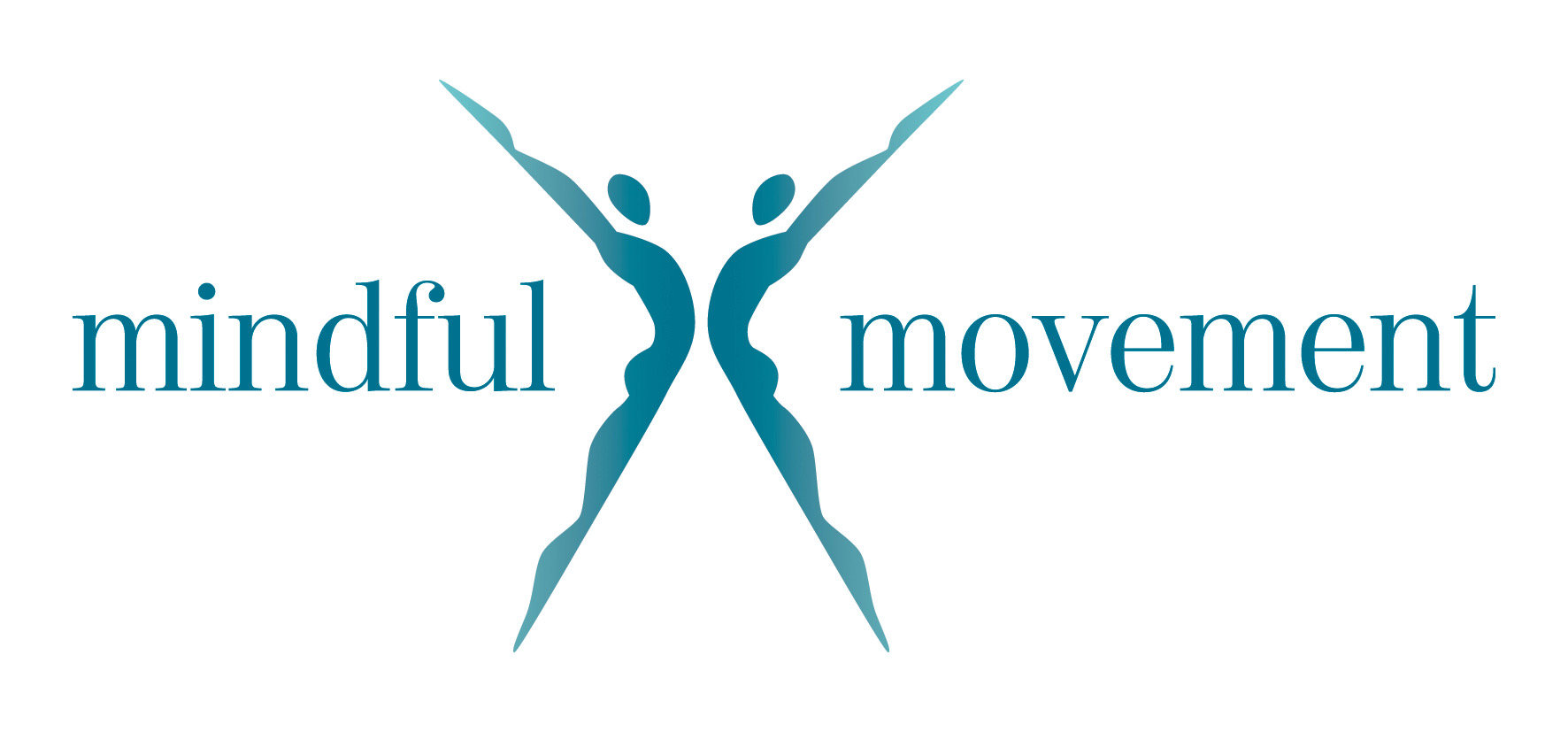Did you know that avoidance can be a driver of pain? Avoiding pain is a natural evolutionary response, however, it is something that can keep us stuck in an unhelpful cycle – whether that be a cycle of anxiety, depression or chronic pain. There is evidence to suggest that avoidance can hinder recovery from injury and even make pain worse. Turning towards pain may feel wrong but there is a way to do this that can set people with pain on a new path. One towards recovery.
But first, what is pain?
Pain is a response mechanism that occurs in the body when your mind and brain interrupt that you are in danger. Pain is a protector. It can result from injury or inflammation which sends signals to the nervous system and/or brain. It can also occur without an injury or when an injury has healed.
This is what we know about pain
- Tissue damage depends on the nature of the injury, the tissue involved and the severity of the illness or disease – but is not proportional to pain. This means you can have an injury without much pain, or a lot of pain without an injury.
- Pain is a conscious expression of what is happening in the brain and body, dependent on our perception of the pain. What you think about pain matters.
- Pain occurs within a specific context and meaning. For example, if you feel threatened pain can be more intense. If you’re doing something enjoyable pain can be less.
- Pain is dependent on many personal and environmental factors and can reflect our inner emotional state. Sound, smell, a particular place can increase pain.
- Pain can be conceptualised as an emotion. Like an emotion pain can vary depending on how you’re feeling.
- Improvements in chronic pain are not correlated to changes in the musculoskeletal system. The body part can heal but pain can continue.
- Pain has two aspects. The sensation (eg temperature, tension, grabbing, sharp) AND the emotional response. Suffering is the emotional response to the sensation.
“…Pain emerges according to the apparent danger to the body tissues and the need for concerted action, not according to the true danger or damage at tissue level … anything that is detectable or accessible to the brain and relevant to the evaluation of danger to body tissue has the capacity to modulate pain” (Moseley and Flor 2012)
The Fear-Avoidance Model Of Chronic Pain (Schutze et al, 2009)

The Fear Avoidance Model of Chronic Pain theorises that pain is affected by our thought patterns and behaviours. Fear of pain may cause us to withdraw from activities that make life more meaningful, to avoid experiencing or exacerbating the pain. It can also cause us to avoid engaging in the physical movement that is necessary for recovery.
Avoidance behaviours contribute to a decrease in physical capacity and maintain unhelpful thought patterns, such as “I’ll never get better” “I have no control over my pain” etc. Avoidance can hinder the opportunity for exposure to activities that develop self-efficacy and potentially change these thought patterns.
What actually is avoidance of pain? One definition is not allowing yourself to experience what is going on in the body, in your thinking or emotional world. There is a struggle to get away which in turn creates a response that increases pain.
Avoidance is a behavioural pattern learnt for a reason. In some way, it helped you. It had a purpose that could even have been life-saving. It’s helpful to recognise this. With awareness of the avoidance patterns comes more choice. Is this still helpful for me now? Or is it time to explore something different, one small step at a time? Overcoming avoidance can begin with a tiny movement of attention towards discomfort.
The antithesis of avoidance and a way to break the cycle of fear-pain-avoidance is mindfulness. Mindfulness practice involves confronting pain with gentle, non-judgmental curiosity and working to change unhelpful thought patterns. Mindfulness can interrupt the cycle that increases pain (Fear Avoidance Model adapted by Shutze et al, 2009).
Mindfulness-Based Stress Reduction (MBSR) in was introduced in a Western medical context in 1979 by Jon Kabat Zinn at the University of Massachusetts. Thirty years of research have shown that participation in mindfulness-based courses creates positive physical and psychological change. It can help participants to cope with pain and challenge, and promote full engagement in life (Monshat and Castle 2012) as well as help with chronic pain (Cho et al 2010).
At Mindful Movement, Georgie offers workshops for both health professionals and individuals on the benefits of mindfulness in the treatment chronic pain.
References
Cho, S. et al, 2010. ‘Pain-related Anxiety as a mediator of the effects of mindfulness on physical and psychosocial functioning in chronic pain patients in Korea.’ The Journal of Pain, 11(8), pp.789–797.
Monshat K, Castle D, 2012, ‘Mindfulness training: an adjunctive role in the management of chronic illness?’ The Medical Journal of Australia, 196(9), pp.569-71
Moseley, G & Flor, H, 2012, ‘Targeting cortical representations in the treatment of chronic pain: A review’ Neurorehabilitation and Neural Repair, 26(6), pp.646–652.
Schutze, R, Rees, C, Preece, M & Schutze, M, 2009, ‘Low mindfulness predicts pain catastrophizing in a fear-avoidance model of chronic pain,’ Pain 148 pp.120-127.
Test, T, 2019, How Mindfulness Works: Avoiding Avoidance, Praxis Continuing Education and Training, https://www.praxiscet.com/posts/how-mindfulness-works-avoiding-avoidance/
